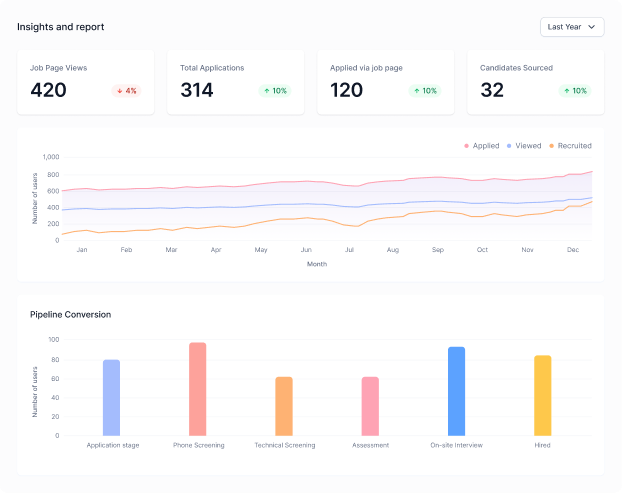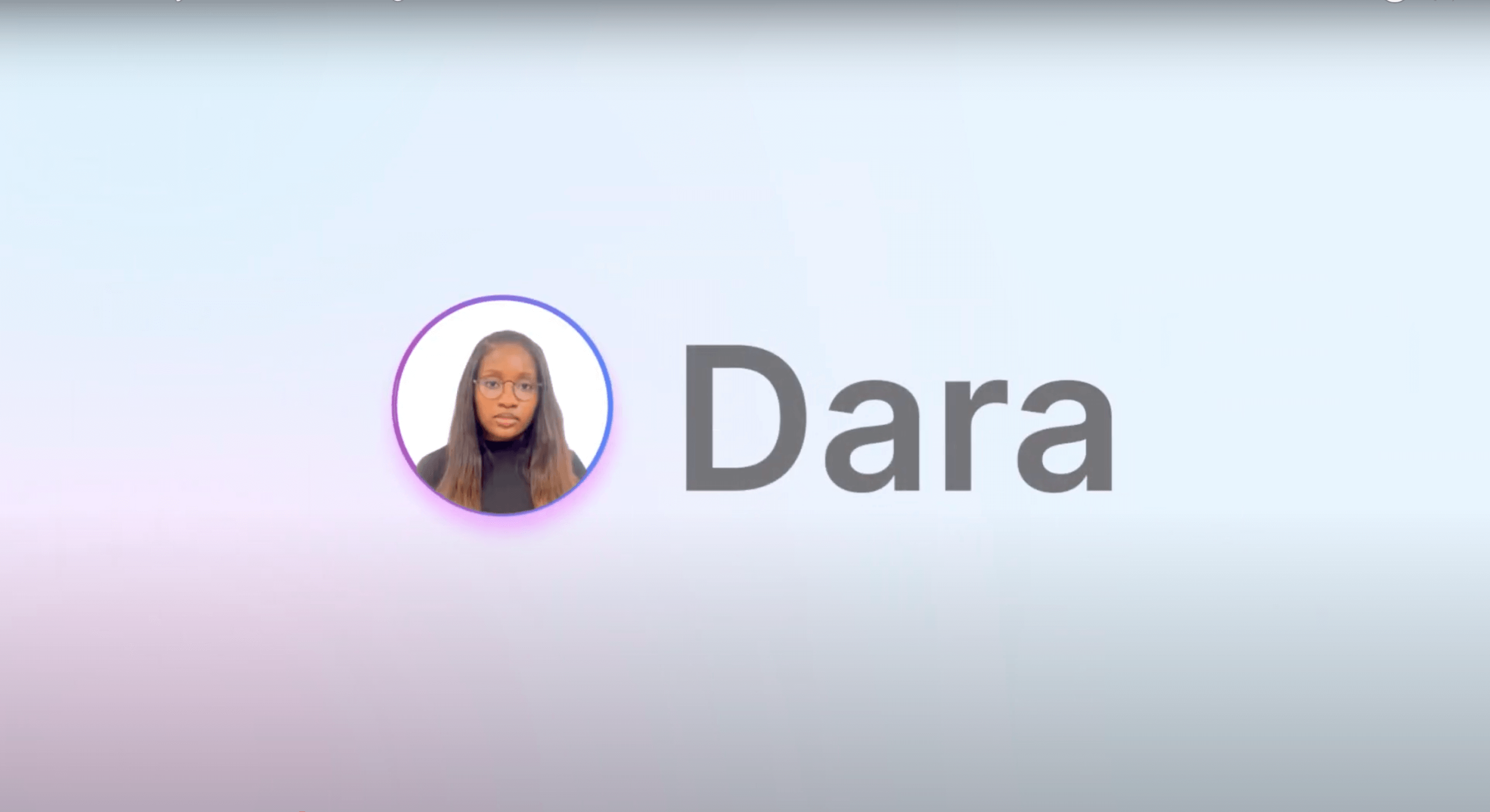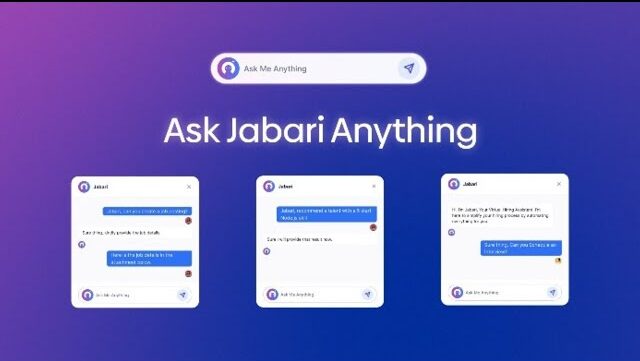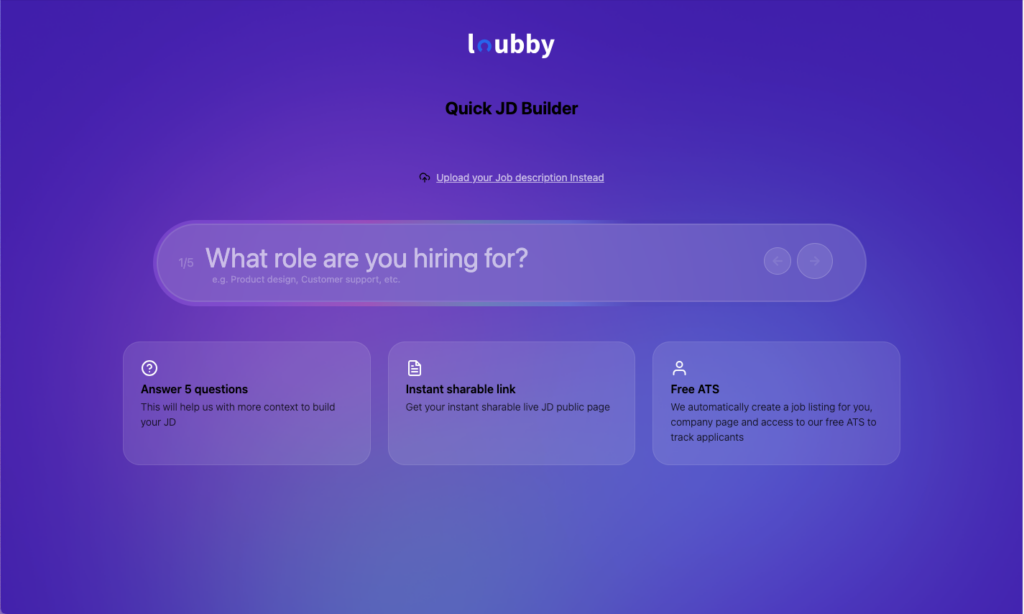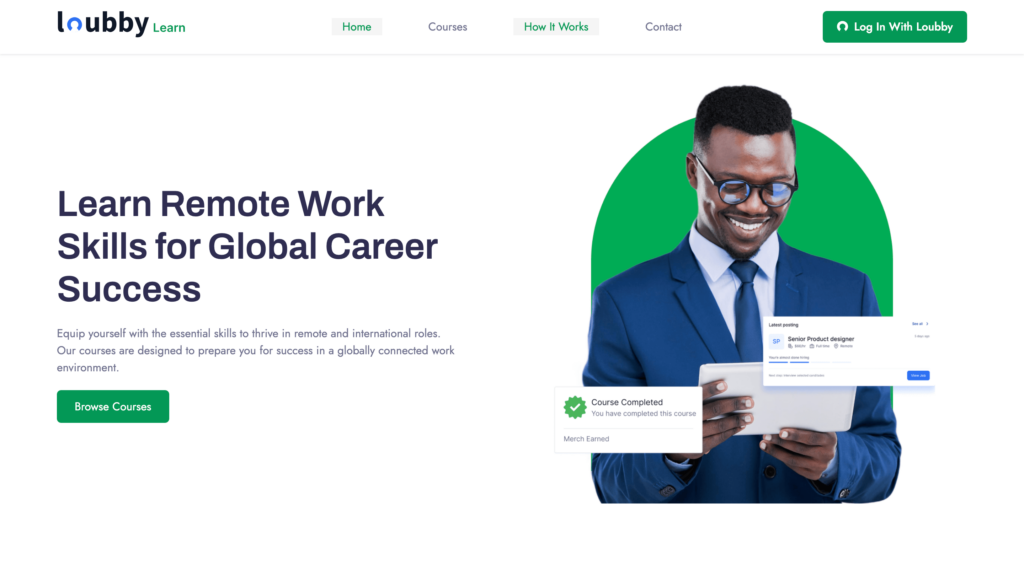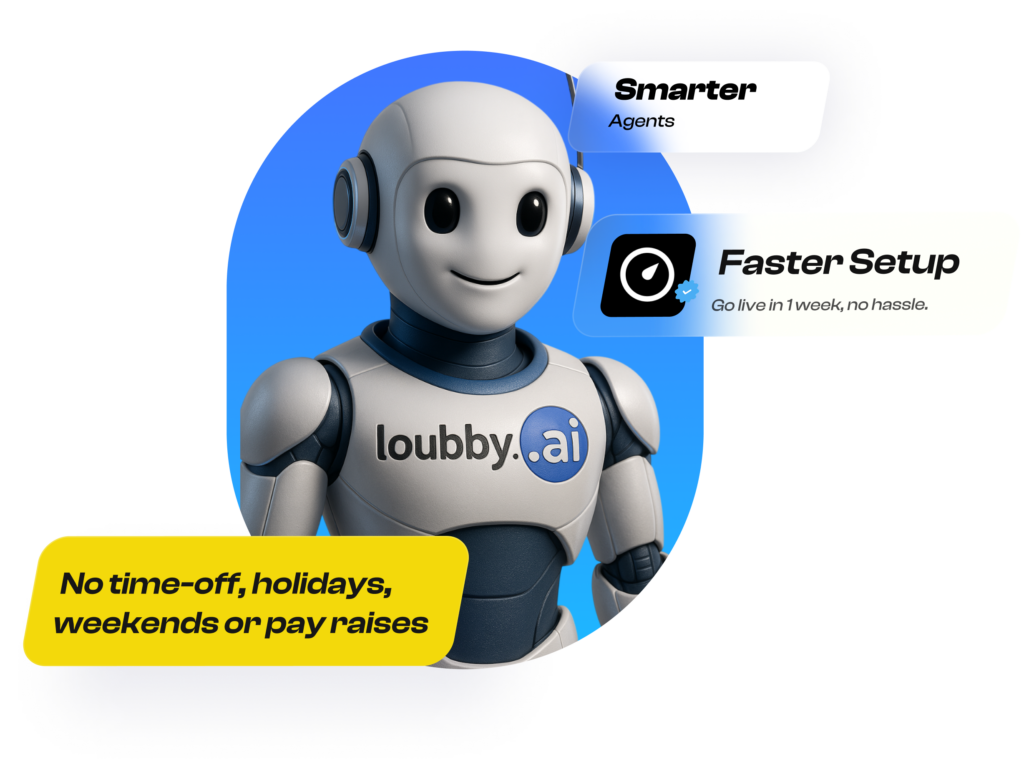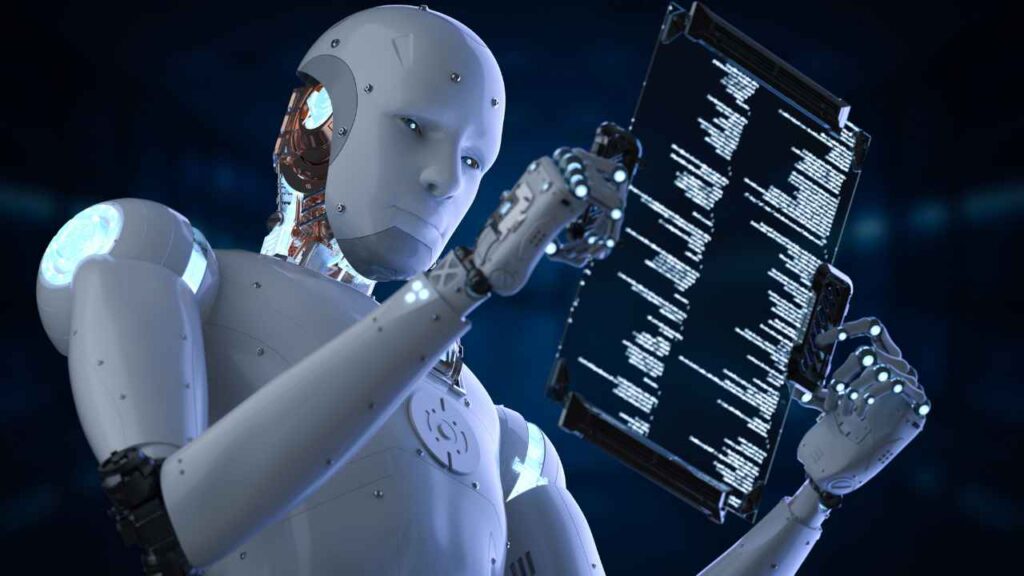Recruiters often say they can tell if a CV is worth considering within the first few seconds. The average recruiter spends just 6 to 7 seconds scanning a CV before deciding whether to keep reading. Yet the real work begins after that quick scan. Sorting through hundreds of applications, cross-checking qualifications, and deciding who should move to the next stage can stretch into long, tiring hours. By the time the final shortlist is ready, there is a real chance that some excellent candidates have been overlooked.
This is where many hiring teams lose valuable momentum. The energy that should be going into interviews and relationship building is spent sifting through piles of data. When a company is trying to build a culture of accountability, this delay can affect the way managers and teams operate. It slows decision-making and limits how quickly strong hires can start making an impact.
AI changes the pace of this process. It can review hundreds of applications in minutes and highlight the ones that best match the role. This article will explain how AI shortlisting works, how you can apply it in your hiring process, and how it can help you save time while improving the quality of your hires.
Why Candidate Shortlisting Takes Too Long
Manually shortlisting candidates is a tedious task that many recruiters are too familiar with. The process often starts with scanning resumes one after the other, hunting for key skills, years of experience, and specific qualifications. Then comes the checklist matching, where each candidate is compared against the job description to see who meets the basic requirements. After that, subjective decisions creep in, as personal judgment starts to influence which profiles move forward and which are set aside.
A single role can attract hundreds of applicants, especially if the position is well-known or offers attractive benefits. In such cases, even a recruiter working full-time on shortlisting can spend days before producing a final list. Add a complex job description or a requirement for niche skills, and the process becomes even longer.
This is why forward-thinking companies should use AI to shortlist candidates. The technology scans applications in minutes, applies consistent criteria, and ranks the most relevant profiles so recruiters can focus on the best prospects first.
How AI Shortlisting Works
AI shortlisting works by reading CVs the same way a recruiter would, but with far greater speed and consistency. The system scans through each document, picking out skills, qualifications, and work experience. Every detail is processed in a structured way, so nothing is overlooked. From there, the AI compares the extracted information to the job description using matching algorithms. These algorithms weigh the relevance of each qualification, skill, and experience point against the requirements of the role.
Once the matching process is complete, the AI ranks candidates according to how well they fit. Those with the highest scores appear at the top, giving recruiters an immediate view of the strongest applicants. What makes this process stand out is AI’s ability to identify matches that a human might miss. For example, a candidate may have transferable skills listed in a less obvious way, and the system will still recognise their relevance.
By choosing to use AI to shortlist candidates, recruiters gain an extra layer of accuracy and speed. sorting.
Steps to Use AI for Faster Shortlisting
1. Identify the must-haves and the extras
Start by clearly separating what the role cannot do without from what would simply be nice to have. For example, a required skill might be proficiency in a specific software, while a nice-to-have could be experience in a related industry. This distinction will guide the AI on what to prioritise during shortlisting.
2. Write a clear job description
Feed the AI a well-structured job description that states the role’s responsibilities, qualifications, and skills in plain language. The clearer the description, the better the system can match applications against your criteria.
3. Let the AI scan and rank candidates
Once the job description is set, the AI will process incoming applications, match them with the requirements, and rank candidates from the most suitable to the least. This is where choosing to use AI to shortlist candidates shows its strength, as it saves valuable time and provides a clear starting point for review.
4. Review and apply human judgment
Go through the AI’s shortlist and check for elements that technology may not fully capture, such as cultural fit or role-specific nuances. These finer points still require a human eye to make sure the final selection aligns with the organisation’s values and long-term goals.
Benefits of Using AI for Shortlisting
1. Faster hiring process
One of the biggest gains when you use AI to shortlist candidates is speed. What would have taken days of going through CVs can now be completed in a fraction of the time. This means roles are filled quicker, and the hiring team can move on to onboarding and training without unnecessary delays.
2. Consistent evaluation of candidates
AI applies the same criteria to every application. This consistency means that each candidate is measured against the same standards, removing the variations that might come from different recruiters interpreting the requirements differently.
3. Lower risk of bias
By focusing on the data from CVs and job requirements, AI reduces the influence of personal bias in the early stages of recruitment. This helps give every qualified applicant a fair chance based on their skills and experience.
4. Easier handling of large applicant pools
High-volume hiring can overwhelm a recruitment team, especially when hundreds or thousands of applications come in for one role. AI can process and shortlist large numbers of candidates without slowing down, leaving recruiters to concentrate on interviewing the best matches.
5. Built-in Job Description creation
Some AI recruitment tools come with a JD builder that helps create clear, well-structured job descriptions in minutes. Instead of starting from scratch, you can input the role title, responsibilities, and required skills, and the AI will help you shape it into a professional job post. This makes it easier to set accurate criteria before you use AI to shortlist candidates, which directly improves the quality of matches you get.
How Loubby AI Helps You Shortlist Faster
If your hiring process has been dragging or you just want to make faster, smarter choices, Loubby AI offers a set of tools that can help you move from posting a job to getting your top candidates in record time. Here is how it works:
1. AI-Powered Candidate Matching
Loubby AI compares each applicant’s skills, experience, and past achievements with the job requirements you set. It does not just check for keywords in CVs. It looks at the real fit between the candidate and the role, then ranks them accordingly. This makes it far easier to use AI to shortlist candidates who are truly worth interviewing.
2. Integrated AI Assessments
Instead of calling every applicant for interviews, Loubby AI can give candidates quick skill-based tests. These tests can measure anything from technical ability to problem-solving skills, and the results are scored objectively. This way, you can confirm that your shortlisted candidates actually have the skills they claim on paper.
3. Bias-Aware Ranking
Loubby AI focuses on qualifications, not personal factors that can cloud judgment. It means that the shortlist is built on merit. This gives you a better chance of hiring someone who is right for the job rather than someone who simply made a strong personal impression.
4. ATS Integration with Dara (AI Interviewer)
Once you have your shortlist, there is no need to manually pass them into another system. Loubby AI connects directly to your Applicant Tracking System and moves them straight into structured interviews with Dara, the AI Interviewer. Dara can ask pre-set questions, record responses, and give feedback, saving your team hours of manual work.
5. Instant JD Builder
One of the biggest reasons hiring goes wrong is a weak or unclear job description. Loubby AI’s JD Builder helps you create a strong and detailed job description in minutes. With the right role requirements clearly stated from the start, it becomes much easier to use AI to shortlist candidates who match exactly what you need.
6. AI Recommendations for Smarter Hiring Decisions
Beyond just shortlisting, Loubby AI gives you data-driven insights about your hiring process. For example, it can highlight which skills are most common among your applicants, which platforms are sending you the best candidates, and what parts of your job description are attracting or repelling talent.
Conclusion
Hiring can be faster and more precise when you use AI to shortlist candidates. Instead of spending hours going through applications, you get a shortlist that is built on skill match, verified abilities, and unbiased ranking. This improves your chances of hiring people who will deliver results and stay committed to the role.
Loubby AI brings all these benefits into one simple platform. From creating clear job descriptions to running AI-driven assessments and ranking candidates, it shortens the hiring cycle from days to minutes. That means you can focus on conversations with the right people, not piles of CVs.
Book a free demo and experience how its AI-powered shortlisting can change the way you hire
